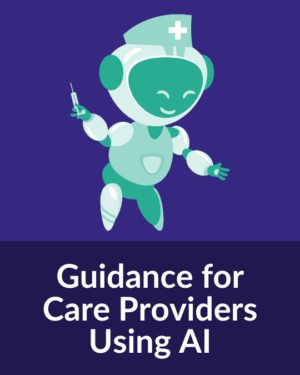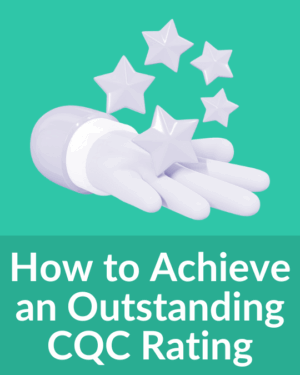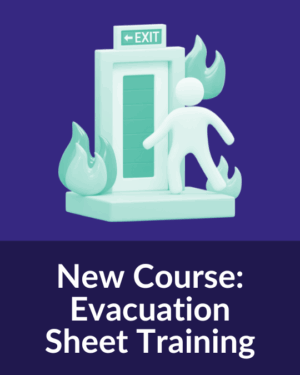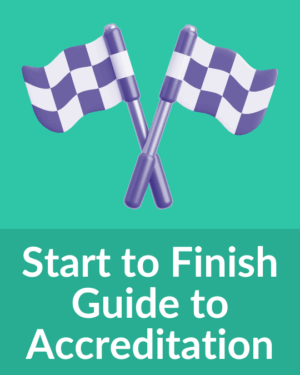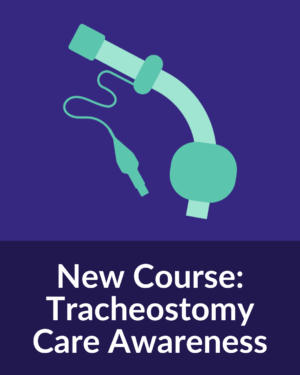The use of Artificial Intelligence (AI) is rapidly increasing in adult social care. From fall detection and pain assessment through facial recognition, to monitoring of vital signs and predictive health alerts, AI-enabled tools are helping care staff provide better support for service users. Alongside these specialist tools, care staff are using generative AI in...
How to Achieve an Outstanding CQC Rating
The Care Quality Commission (CQC) recently introduced its Single Assessment Framework. The new framework simplifies and standardises inspections across health and social care. It focuses on outcomes, continuous improvement, and user experiences. Key Changes to Ratings The Key Lines of Enquiry (KLOEs) are still important. The CQC looks for Safe, Effective, Caring, Responsive...
New Evacuation Sheet Training Materials Now Available
Advantage Accreditation supports training providers and organisations with high-quality, ready-to-use materials for compliance-based courses. Our new Level 2 Award in Evacuation Sheet Training materials are now available to accredited centres. About the Course The Level 2 Award in Evacuation Sheet Training equips learners with the knowledge and practical skills to use evacuation sheets safely...
How to Get a Training Course Accredited: Start to Finish Guide
At first, the process of getting a course accredited can feel daunting. From searching for accreditation costs to understanding what documents to submit, it’s easy to get lost. Advantage Accreditation keeps things simple with a clear four-step process. We offer accreditation for training providers for both online and in-person courses. All approved courses receive...
New Course: Tracheostomy Care Awareness
The team at Advantage Accreditation have developed new ready-to-use course materials for the Level 2 Award in Tracheostomy Care Awareness. These training materials are available to our accredited training centres. The course is intended for health and social care staff who work with individuals with a tracheostomy. This is an awareness-level course and not...

